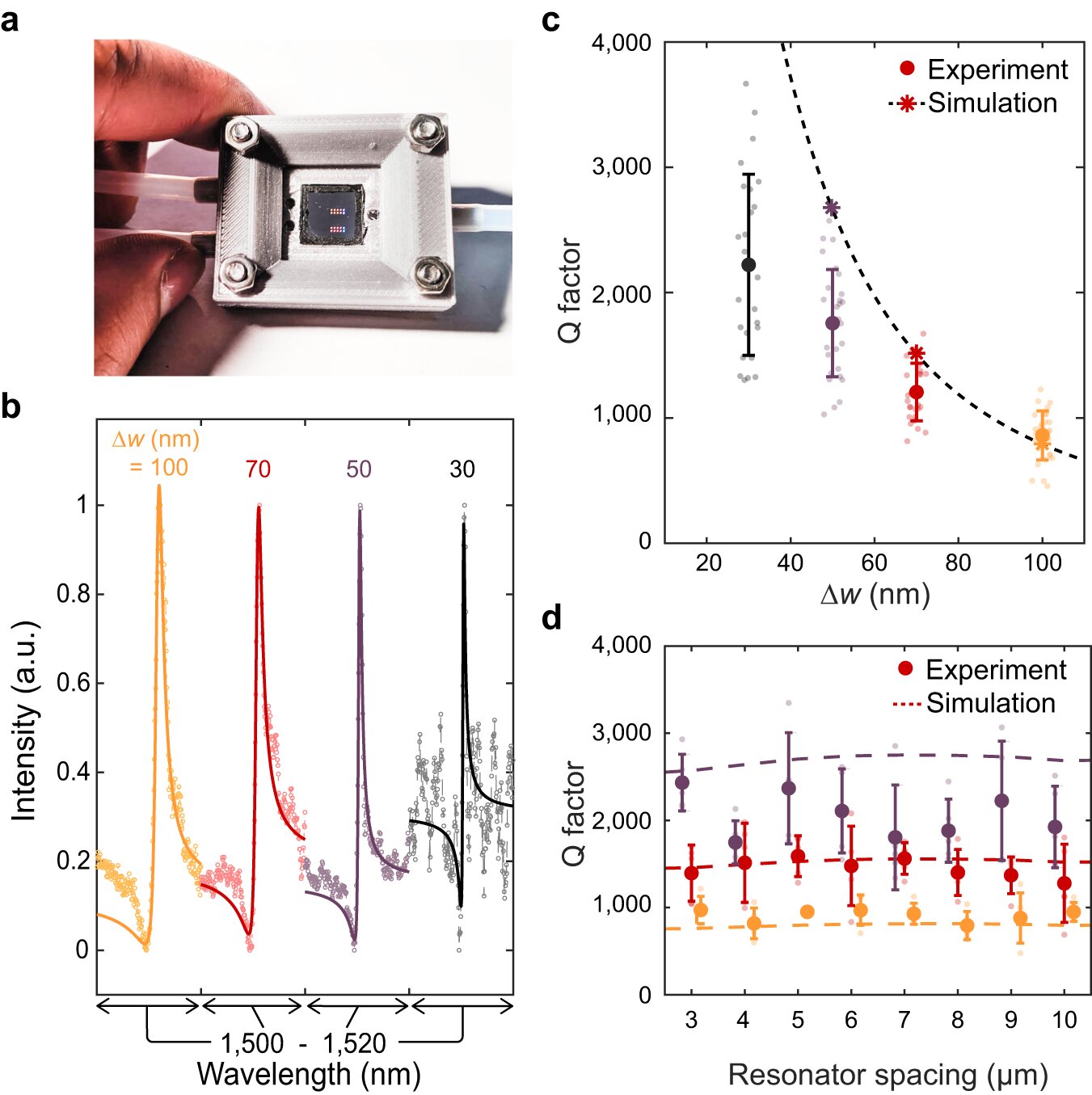Get ready for a groundbreaking discovery! A team of brilliant materials scientists and engineers from Stanford University, along with their colleagues from ETH Zürich and Washington University in St. Louis, have developed an incredible biochip. And guess what? It can screen thousands of molecules and has even been successfully tested with a live virus! Their groundbreaking research has been published in the prestigious journal Nature Communications.
Genetic analysis methods have become crucial in research and diagnostics. However, current approaches using nucleic acid technology have limitations due to sample amplification, which can lead to inhibition. But fear not! This ingenious research team took a fresh approach by creating a biochip with tiny silicon boxes capable of screening molecules. With this breakthrough, they can detect up to 160,000 molecules on a single chip measuring just 1 cm2!
How did they do it? By constructing multiple silicon boxes on the chip’s surface in arrays. Each array is a mere 160 nanometers wide, 600 nanometers long, and 500 nanometers high. But here’s the real magic: nanoantennas were added to focus near-infrared light on the top surfaces of the boxes. This allowed the boxes to control far-field scattering, enabling the measurement of wavelength shifts in the emitted light. In other words, they could reveal the structure of a molecule!
To put their biochip to the test, the researchers applied 22 single-stranded gene bits to the boxes and submerged them in a buffer solution. This solution joined complementary DNA strands with tethered ones, causing a shift in the emitted light’s wavelength for each box. Astonishingly, the chip successfully identified 4,000 copies of target genes per microliter of buffer solution.
But wait, there’s more! The researchers believe their biochip has immense potential as both a diagnostic tool and a research aid. To prove its versatility, they even used it to detect SARS-COV-2 gene fragments. This breakthrough technology is set to revolutionize the field of molecular screening and open up new possibilities for scientific exploration.








